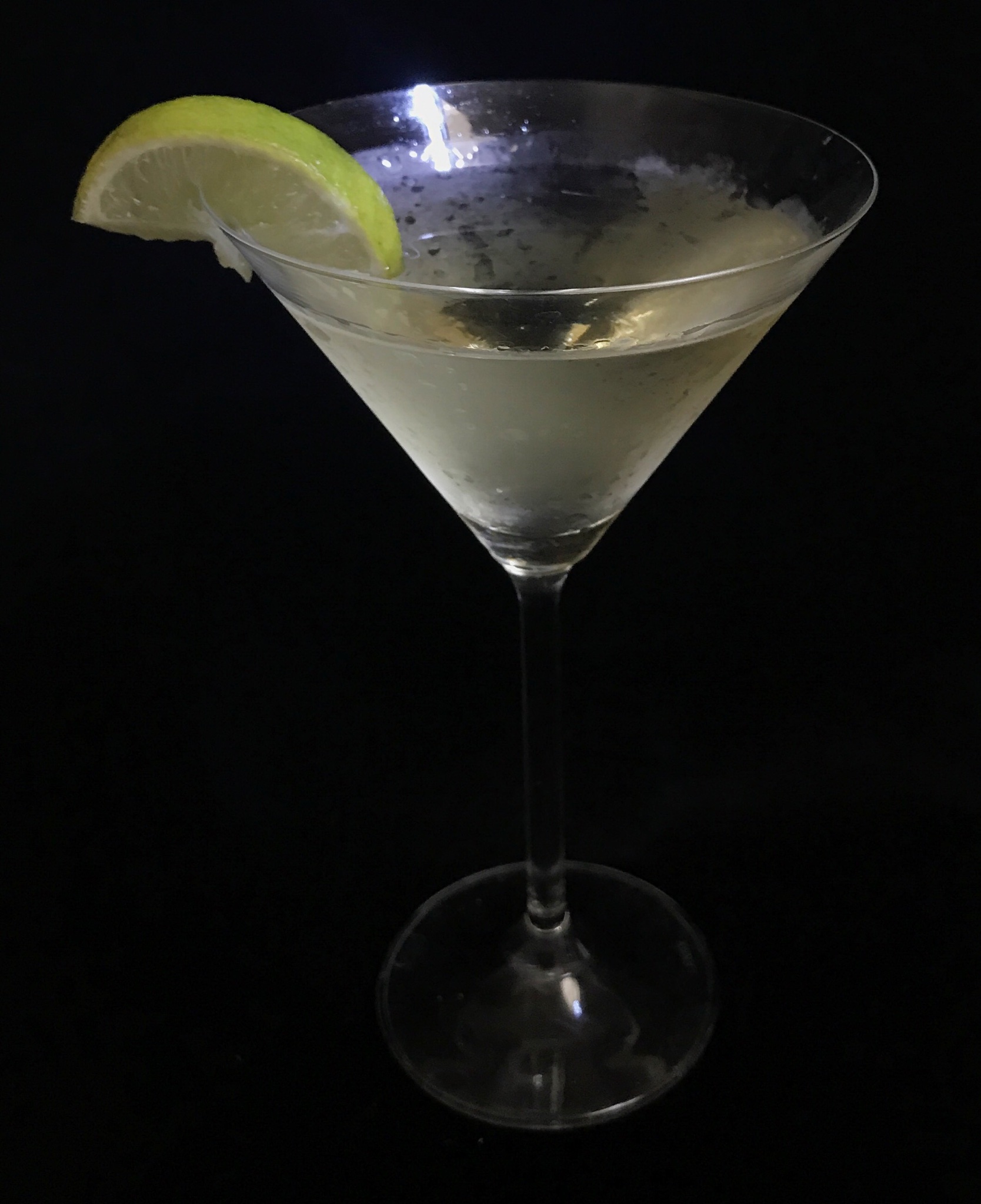From the bartender’s corner: Gin #19 – GW Goodwynn Gin
The literature on this gin is as bland as the gin itself is. First off, I could not find where the distillery is exactly. All that materials that I could find – and that was not a lot, mind you – said that is is made in France and then imported by a company in California. There is more material on the internet about the company in California that designed the bottle label than there is about the pedigree or the uniqueness of the gin.
It is certainly of the London Dry variety. And the juniper is noticeable. It also has citrus and coriander that you can get in the finish. The official website of this gin claims “hints of cucumber”. I have to admit, I missed all those hints. This is nothing like a Scottish Hendricks gin or even an American Uncle Val Botanical.
On the whole it is a very middle of the path gin. Rather tame at that. I would suggest using it in cocktails where there is something else that will render a stronger nose and palette. e.g. mix it with Campari and Sweet Vermouth and have a Negroni perhaps.









